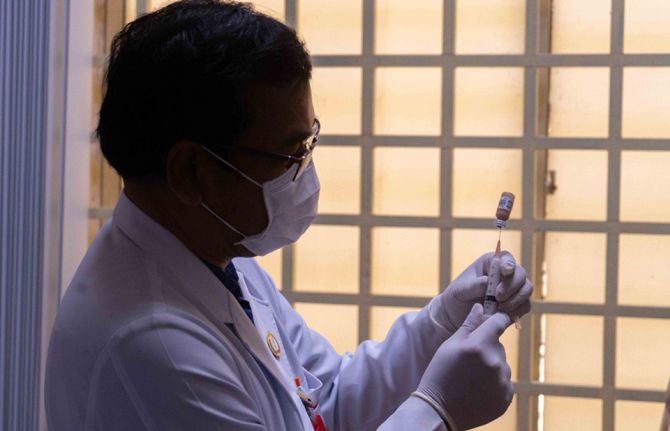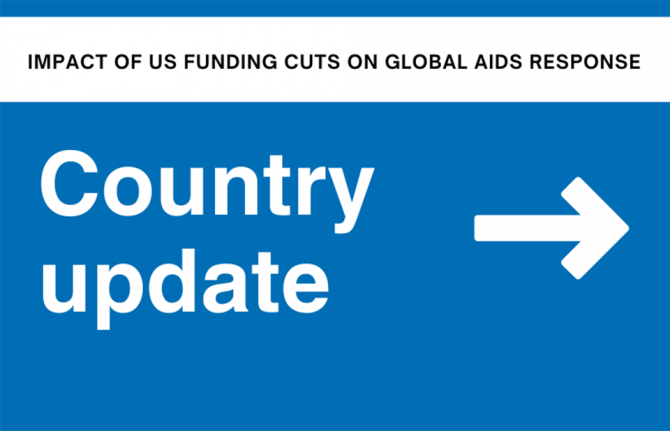

Many of the 57,000 runners taking part in the marathon and ‘fun-walk’ events, wore Get to Zero HIV t-shirts and hats, and carried banners promoting the theme.

Addressing delegates at the opening ceremony, UNAIDS Deputy Executive Director Jan Beagle called for greater innovation and focus in region’s response to HIV.
Feature Story
ICAAP11 highlights need for innovation, investment and focus in Asia and the Pacific
21 November 2013
21 November 2013 21 November 2013Nearly 4000 delegates from more than 80 countries gathered in Bangkok, Thailand, this week, for the 11th International Congress on AIDS in Asia and the Pacific (ICAAP11). The Congress opened officially on 19 November. Building on UNAIDS vision of zero new HIV infections, zero discrimination and zero AIDS-related deaths, the theme for this year’s ICAAP is Triple Zero – Investing in Innovation.
Opening the Congress on behalf of the Prime Minister of Thailand, Yingluck Shinawatra, Thailand’s Minister of Health, Dr Pradit Sintavanarong underlined the opportunities presented by the four-day event to drive progress towards the end of the AIDS epidemic in the region.
“We can only achieve this by integrating the preventive effects of antiretroviral therapy, focusing our efforts both geographically and demographically, and by normalizing HIV among the general population and, importantly, among key populations,” he said.
“Action now will pay off in the future,” he added, emphasizing the need for effective investments in areas where they will have most impact.
Addressing delegates at the opening ceremony, UNAIDS Deputy Executive Director Jan Beagle called for greater innovation and focus in region’s response to HIV. “The annual number of new infections has remained largely unchanged over the past five years, and emerging epidemics are evident in a number of countries in the region,” said Ms Beagle.
Ms Beagle spoke about the important linkages between HIV and other development goals. “Experience has shown that AIDS is an entry point to advance broader issues of human rights, redistribution of opportunity and social justice for all. The AIDS response is a pathfinder for transformative development,” said Ms Beagle.
The opening ceremony of the conference saw representatives from the communities of people living with HIV, sex workers, transgender people, people who inject drugs and men who have sex with men voice their hopes and expectations for the congress through performance art. “Through the performance we wanted to send the message that we are trying to put faces to the epidemic. We are the people behind the data, and this is where the focus should be,” said Mehrdad Pourzaki who works with Youth LEAD, the regional network for young key populations at higher risk.
Fragile gains in Asia and the Pacific
On the opening day of the Congress, UNAIDS launched the 2013 HIV in Asia and the Pacific report. The report shows that while important gains have been made in the region’s response, the pace of progress is too slow and significant challenges remain.
According to the report, an estimated 4.9 million [3.7–6.3 million] people were living with HIV in Asia and the Pacific in 2012. Regionally, numbers of new HIV infections have fallen by 26% since 2001, with a number of countries reducing infections by over 50% in that time. However, the overall number of new HIV infections across the region has remained largely unchanged in the past five years.
The number of people accessing antiretroviral treatment in the region rose to 1.25 million people by the end of 2012. But the rate of increase in access to treatment has slowed in recent years.
Get to Zero HIV: Run for a reason
Echoing the messages and themes from ICAAP11, several key events took place during the days leading up to the conference. For the Bangkok Marathon, Thailand’s largest sporting event, official sponsor Standard Chartered Bank Thailand teamed up with UNAIDS Asia and the Pacific to promote HIV awareness under the theme Run for a Reason: Get to Zero HIV. Many of the 57,000 runners taking part in the marathon and ‘fun-walk’ events, wore Get to Zero HIV t-shirts and hats, and carried banners promoting the theme. UNAIDS Deputy-Executive Director Jan Beagle officially started a number of the race events accompanied by CEO and President of Standard Chartered Thailand Bank Ms Lyn Kok and dignitaries from the National Jogging Association of Thailand.



